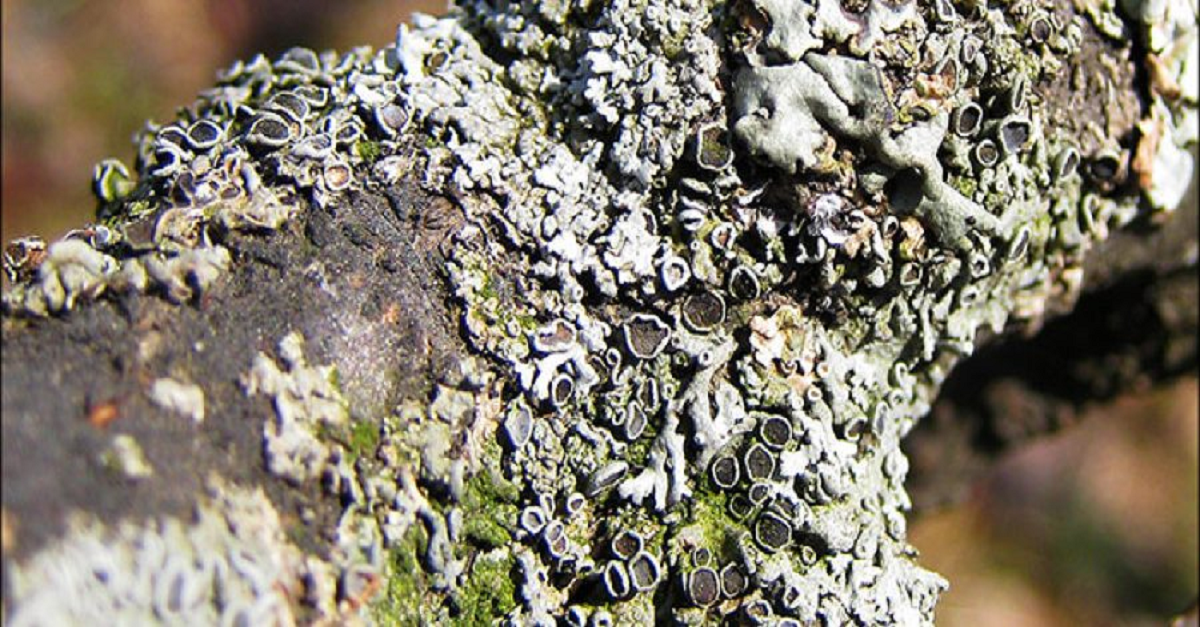What properties do lichens have?

Lichens grow on various substrates and gradually accumulate organic matter in them, creating soil for the growth of higher plants. A specific group of complex symbiotic organisms unknown to many is used in agriculture, the food, chemical, pharmaceutical, and perfume industries; in assessing the environmental parameters of the environment, the biogeocenotic significance of the organisms of this group occupies a special place. They are considered a soil-forming factor, since the acid formed as a result of its activity weathers any stones and rocks. That is, lichens cause them to crush and turn into soil. Life expectancy determines that lichens, both demanding on environmental conditions and resistant to its adverse effects, are the main component in some biogeocenoses. The value of lichens in the flora of a particular biogeocenosis is determined by the lichen coefficient, which expresses the ratio of the number of lichen species to the number of higher plant species. The higher this coefficient, the greater the value of lichens in a certain area. The boundaries of the distribution of lichens depend on a number of reasons, including the degree of air pollution. Accordingly, they can serve as an indicator of air purity. Components of polluted air that have a negative impact on lichens: sulfur dioxide (SO2), nitrogen oxides, carbon monoxide, fluorine compounds, etc. Carbohydrates similar to starch accumulate in the cerra ria islandica lichen. Therefore, it can be eaten. The healing properties of many lichens are also explained by the content of vitamins A, B 1, B 2, B 12, C, D. C. etra ria islandica is also used for medical purposes. This lichen is washed with hot water before use so that the acids contained in it are gone, cleansed and the bitterness is gone. Semolina lichen also belongs to the lichens used for food. In addition, lichens can be used as bait for pets. For example, reindeer moss (cladonia) Aspisialia esculinta and Aspisilia alupino-dzerthorum lichens are used. Their thallus consists of free, small, spherical lumps, which in air-dry time with gusts of wind move from one place to another and, spreading, put pressure on the surface of the Earth. Its thickness reaches 10-15 cm in some deep places. This lichen is also used in medicine. These lichens also include parmelia and peltigeria. Vitamin C is obtained from the cukulkata cetraria, which grows in the northern tundra. Due to the high content of aromatic substances in the lichen evernia lrunastrium, also called "Oak Oil", it is used in the perfume industry as a raw material for the production of essential oil, from which perfumes and colognes "Chypre" are made. This lichen is used in Turkey and Egypt as a bread flavoring. Another area of economic use of lichen is pharmaceuticals. The composition of the lichen thallus of a high-molecular organic compound - "lichen acid" - has more than 230 bacteriostatic and antibacterial properties. Usninat sodium is used externally in the treatment of infected wounds, trophic ulcers, burns. This glucose is of great importance not only in the confectionery industry, but also in medicine. One centner of dry setraria islandica contains 65 - 75% of glucose from 1C molasses, and from it 70 kg.ga a large glucose crystal is obtained. From species of cladonia and lichen cetraria, 80-86% alcohol can be obtained. Litmus and orsale paints are obtained from Rochelle lichen species, widely distributed in the Azores and Canary Islands, close to the Mediterranean Sea. To obtain litmus, lichens are crushed in water and a little ammonia is added to it. This mixture is fermented with the help of special medium bacteria, the fermented mixture becomes dark red in color. If you add alkali to it, it will turn blue. In Russia, the lichen ohrolexia tartarea, which is widespread in the tundra, is used to make litmus. Among lichens there are also poisonous species. A poisonous lichen called letaria vulpina, which grows in the north, is used by hunters to poison Wolves. Lichens practically do not bring any harm to humans. They live in the bark of the tree and feed on it, but do not harm the living tissues of the tree. But for some time they cover the surface of the lentils on the trees, as a result of which the air exchange in the tree trunk is somewhat heavier. The habitation of lichens in tree bark creates favorable conditions for some harmful insects. Insects nest on a tree and in its bark. Therefore, it is also recommended to remove lichens on tree trunks. Life expectancy, exactingness both to environmental conditions and resistance to its adverse effects determine that lichens are the main component in some biogeocenoses. The value of lichens in the flora of a particular biogeocenosis is determined by the lichen coefficient, which expresses the ratio of the number of lichen species to the number of higher plant species. The higher this coefficient, the greater the value of lichens in a certain area. Thus, lichens are a source of substances useful for nature, widely used in human activities in the food, pharmaceutical, perfumery, agricultural and other fields, and their effective use is due to modern experience.
Mausudzhon Norkulov,
Doctoral student of Samarkand State University.

